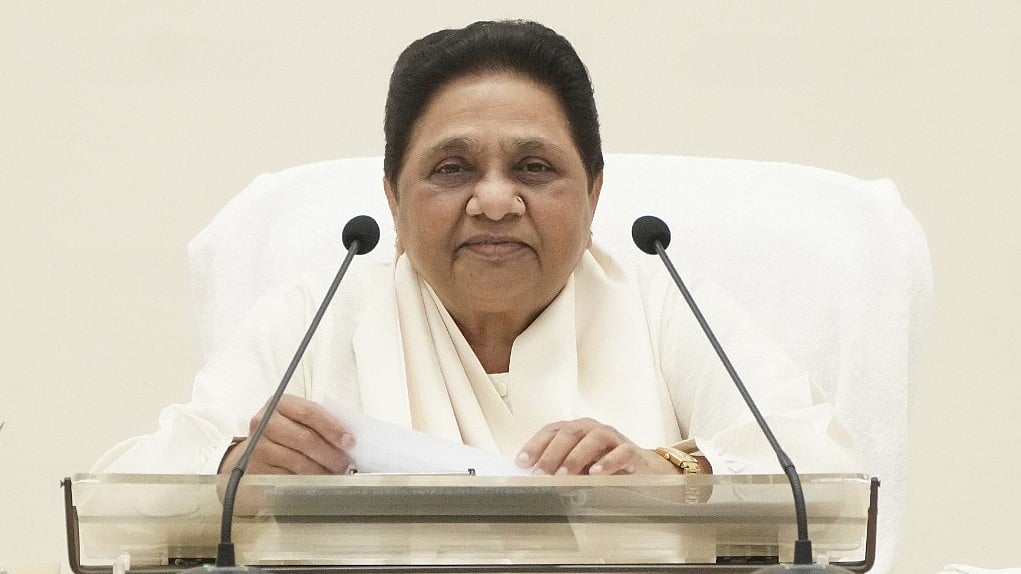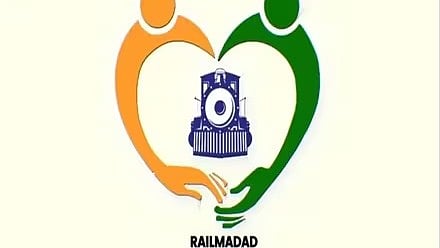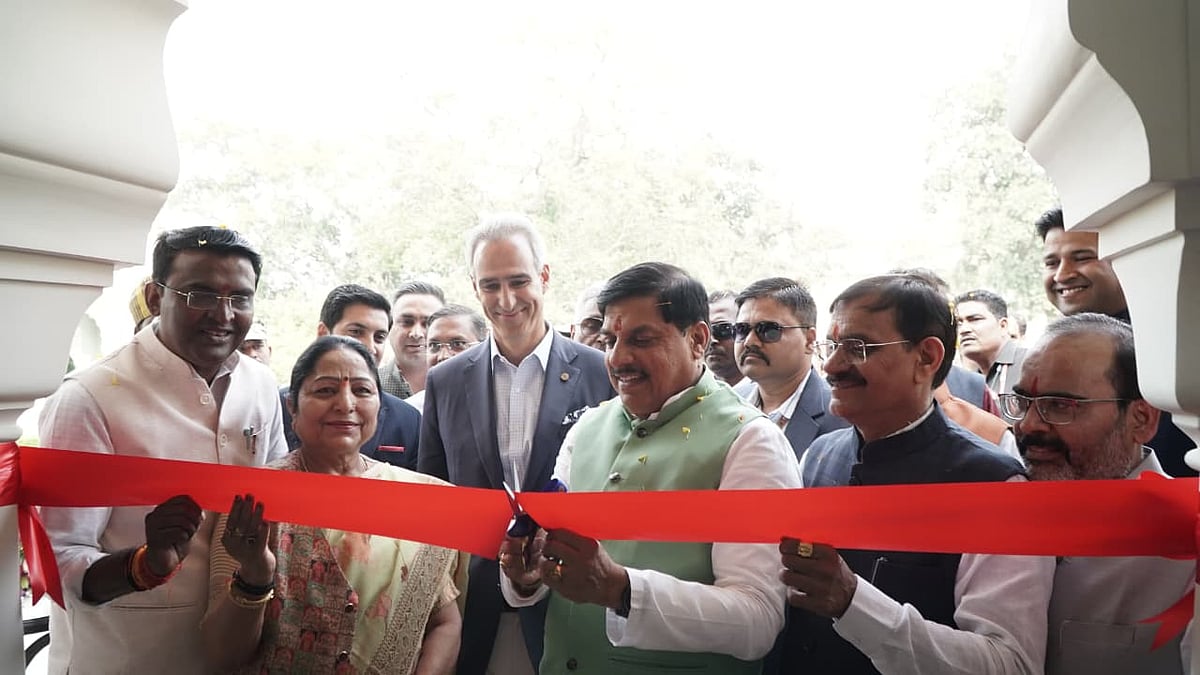Globally, India is one of the few countries that achieved a nuclear state soon after gaining independence, most of the credit goes to Homi Jehangir Bhabha. Homi Bhabha is regarded as the father of India's nuclear programme. Bhabha was a physicist before becoming a prominent atomic expert globally. On January 24, 1966, Homi Bhabha passed away in a mysterious aircraft crash. Here are five facts you need to know about him,
1) Following his father's and uncle's Dorab Tata's wish, Homi enrolled in Cambridge University at 18 to study mechanical engineering. After studying in England, his parents planned his return to India and joined Tata Steel or Tata Steel Mills in Jamshedpur.
2) Due to his strong interest in Physics, Homi extended his Cambridge plan to pursue another degree in the field. He earned a doctorate in nuclear physics for his first scientific article, 'The Absorption of Cosmic Radiation'.
3) For a brief vacation, Bhabha visited India in 1939 and could not return as World War II had begun.
4) In 1945, he was the founding director of the Tata Institute of Fundamental Research (TIFR) and Trombay Atomic Energy Establishment, which PM Indira Gandhi later renamed the Bhabha Atomic Research Centre to honour him.
5) He received the Padma Bhushan award in 1954 for his exceptional contributions to nuclear science.
6) In 1955, the United Nations arranged the first international conference on the Peaceful Uses of Atomic Energy in Geneva, for which Homi Bhabha was elected president.
Homi Bhabha passed away in the Air India Flight 101 crash on January 24, 1966. The official cause of the crash was miscommunication between Geneva Airport and the flight's pilot over the aircraft's location near the Mont Blanc mountain. However, several grounds have been proposed regarding the plane crash, including the claims that the Central Intelligence Agency (CIA) was involved to paralyze India's nuclear programme, but none have been proven.










